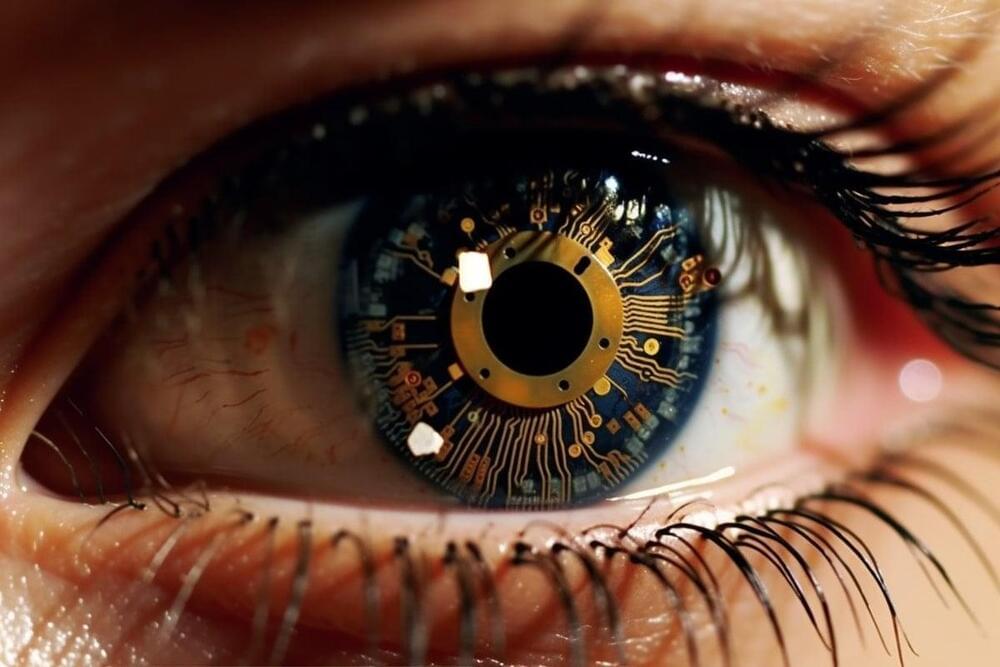The team’s research demonstrates a working device that captures, processes and stores visual information. With precise engineering of the doped indium oxide, the device mimics a human eye’s ability to capture light, pre-packages and transmits information like an optical nerve, and stores and classifies it in a memory system like the way our brains can.
Summary: Researchers developed a single-chip device that mimics the human eye’s capacity to capture, process, and store visual data.
This groundbreaking innovation, fueled by a thin layer of doped indium oxide, could be a significant leap towards applications like self-driving cars that require quick, complex decision-making abilities. Unlike traditional systems that need external, energy-intensive computation, this device encapsulates sensing, information processing, and memory retention in one compact unit.
As a result, it enables real-time decision-making without being hampered by processing extraneous data or being delayed by transferring information to separate processors.
